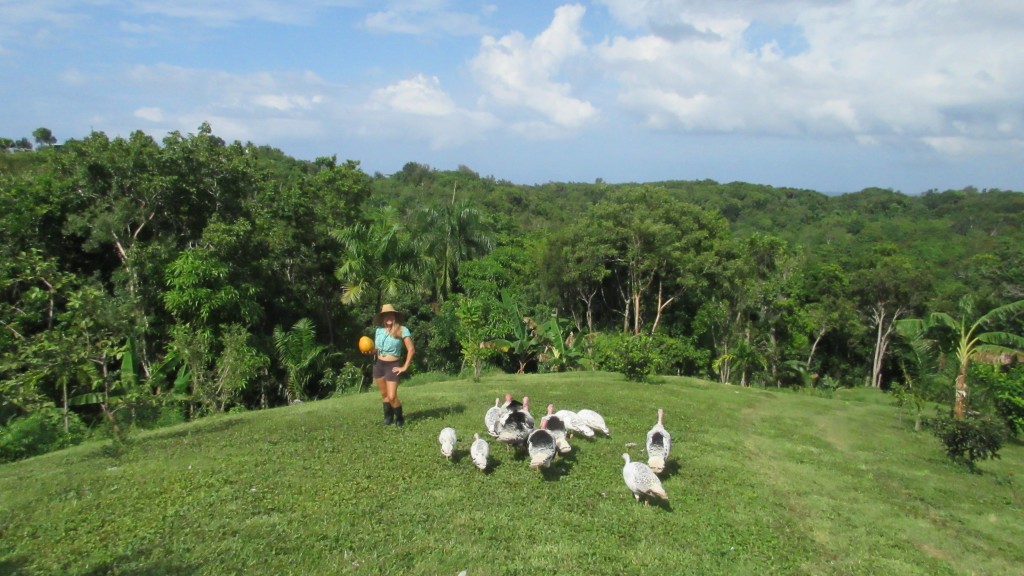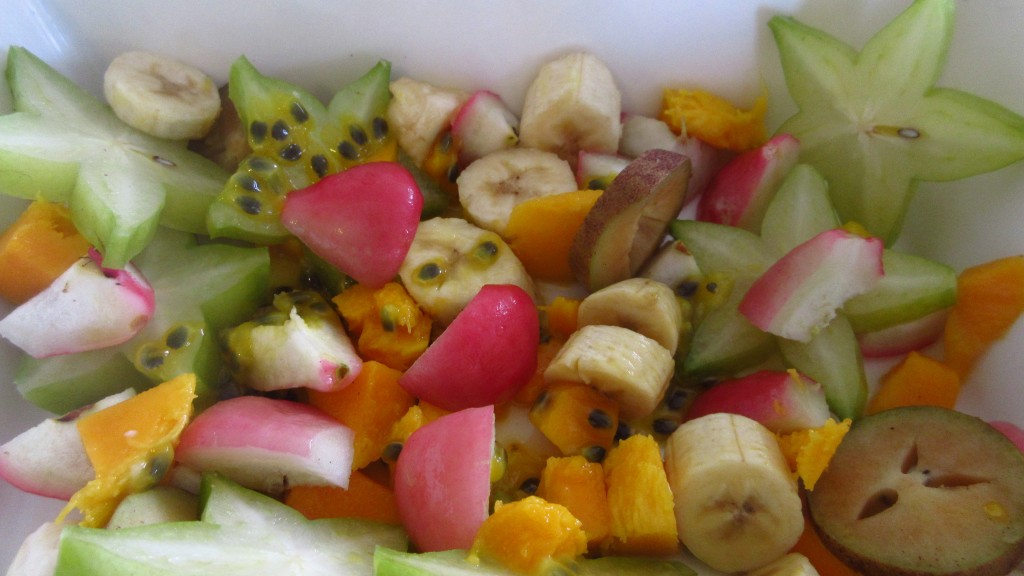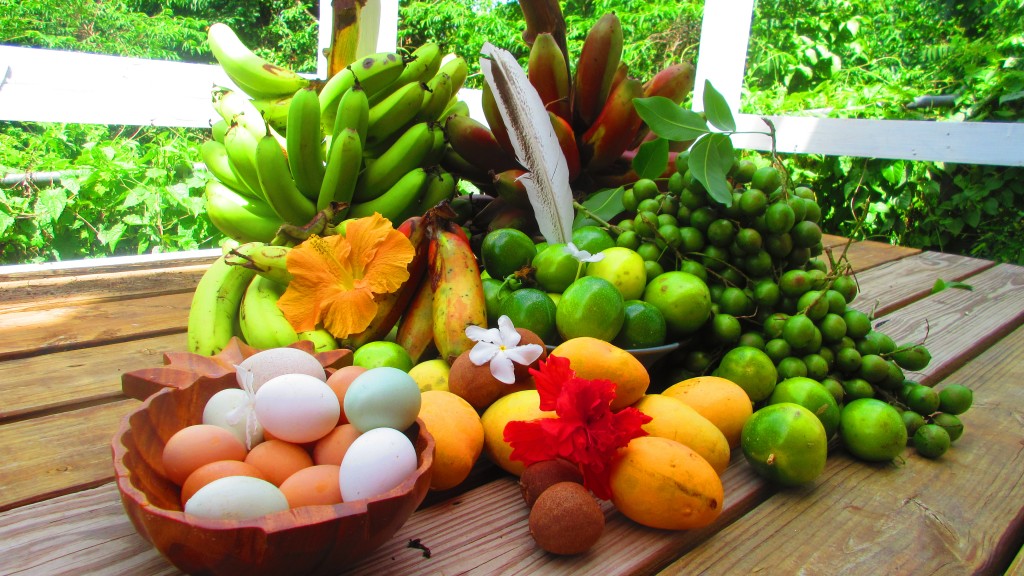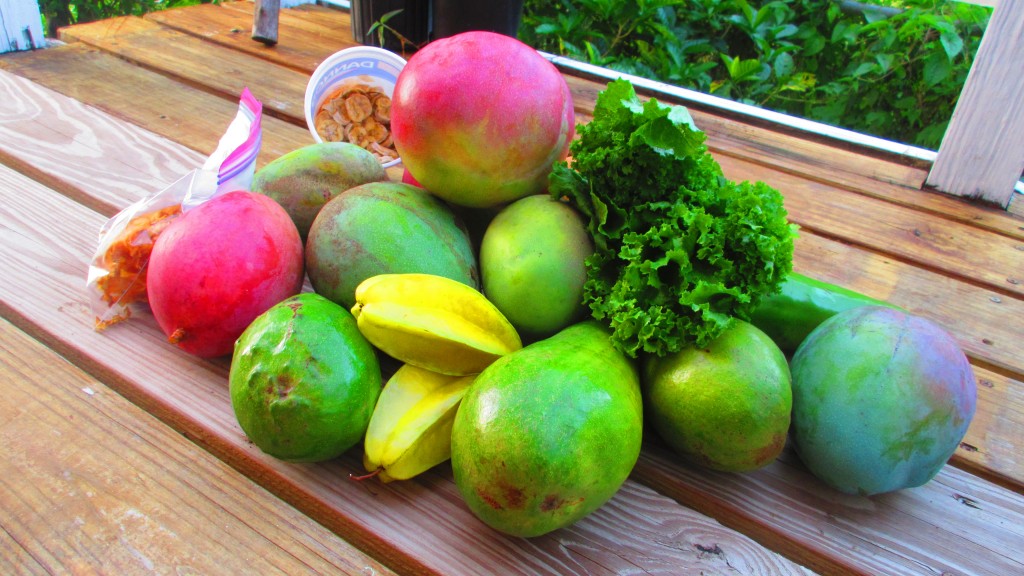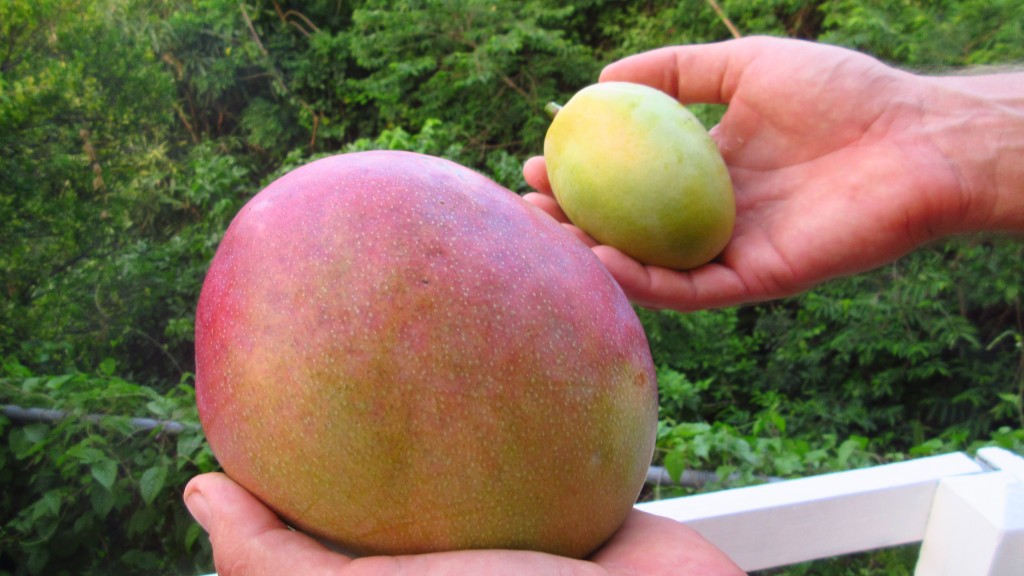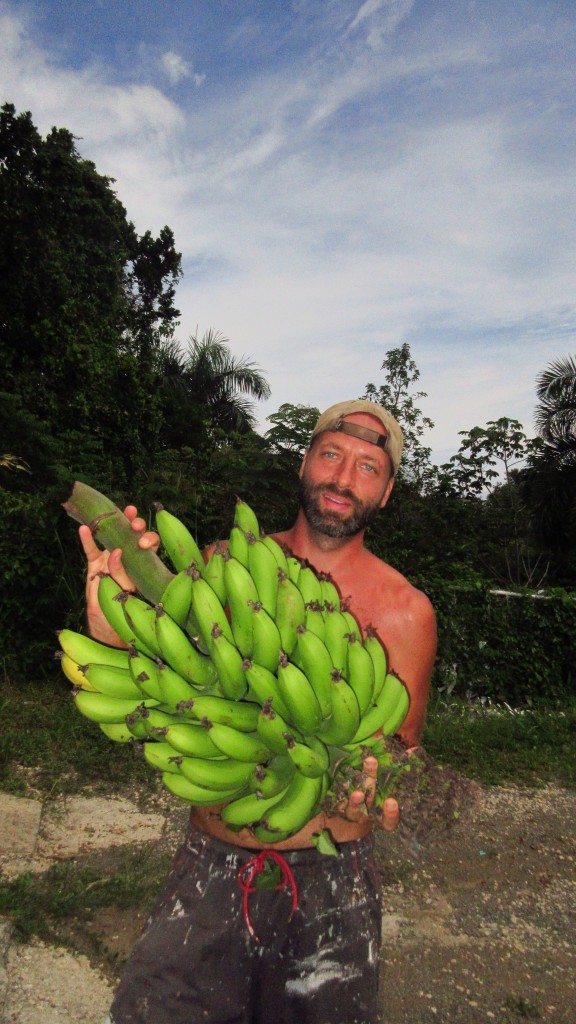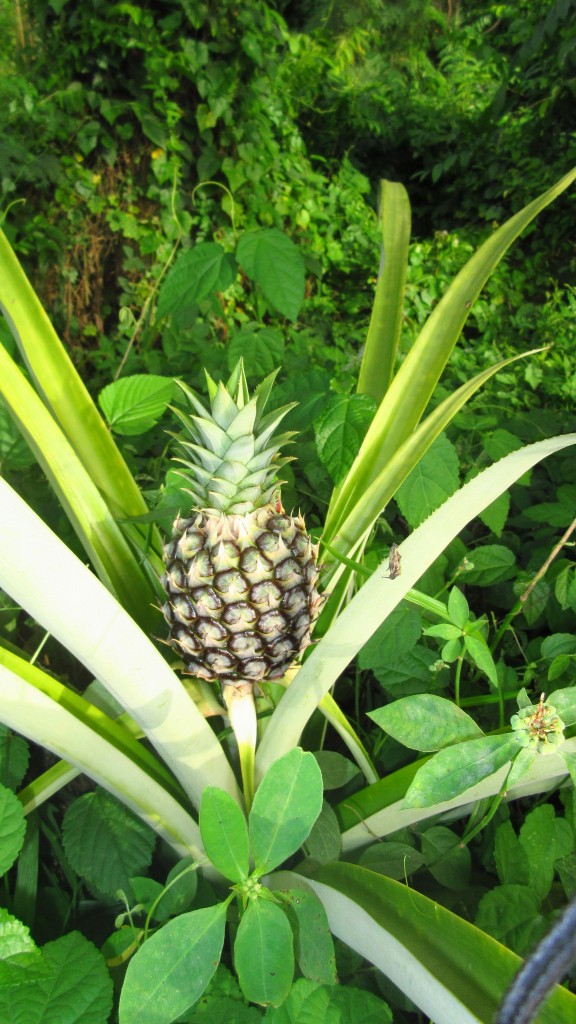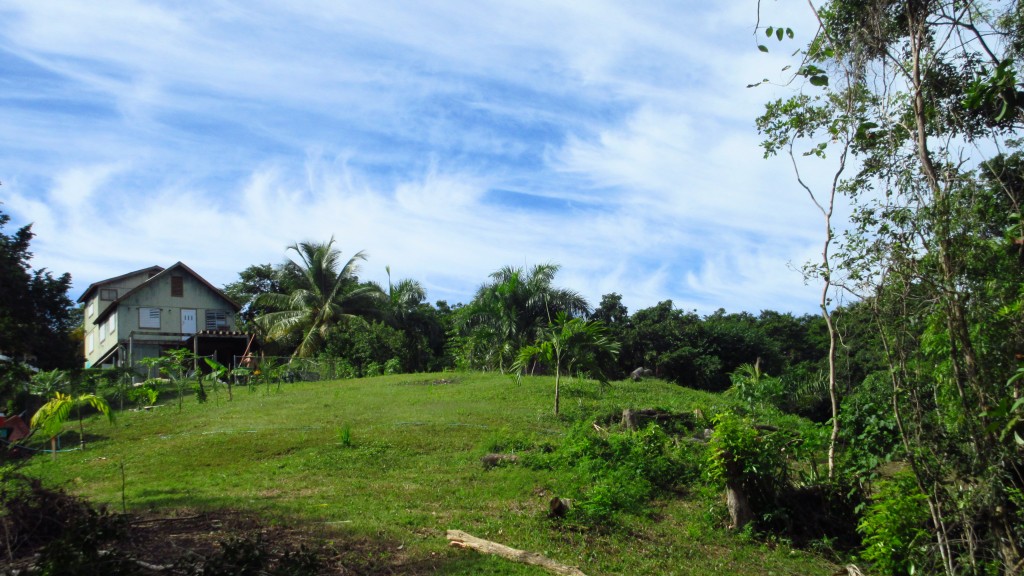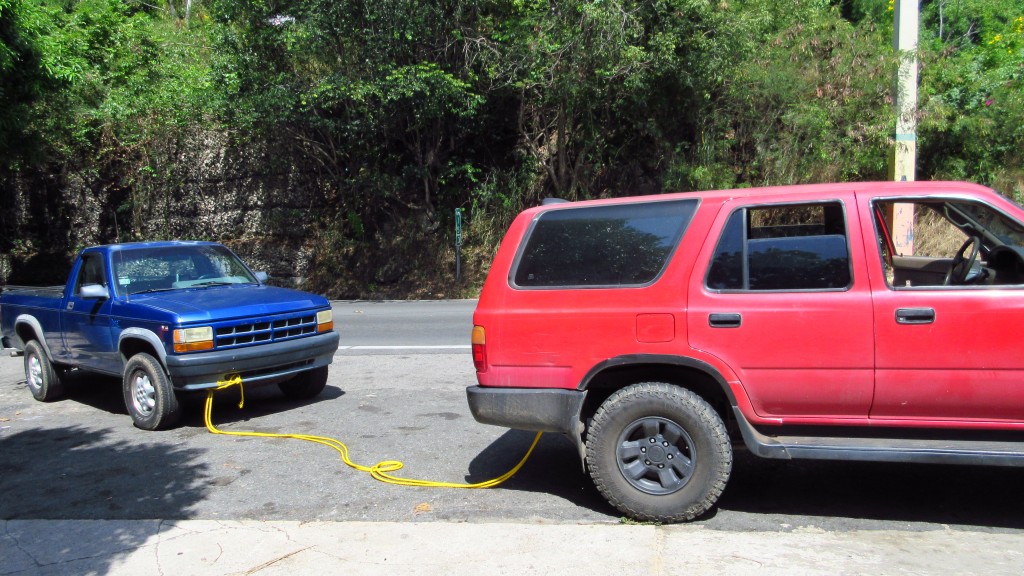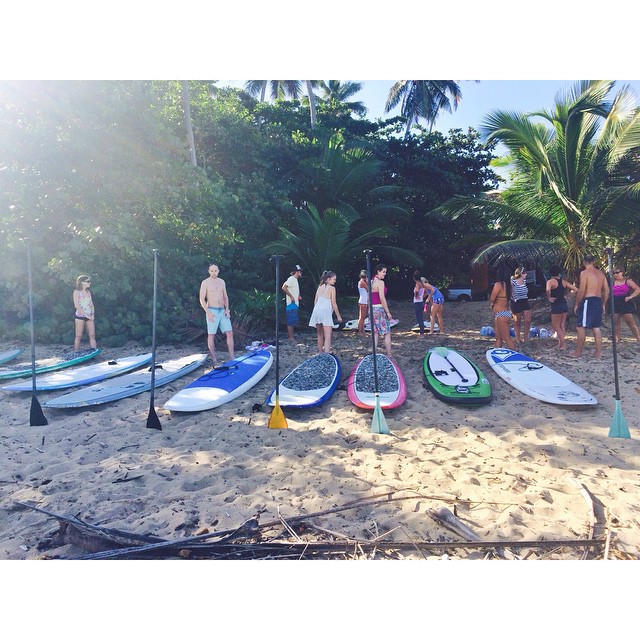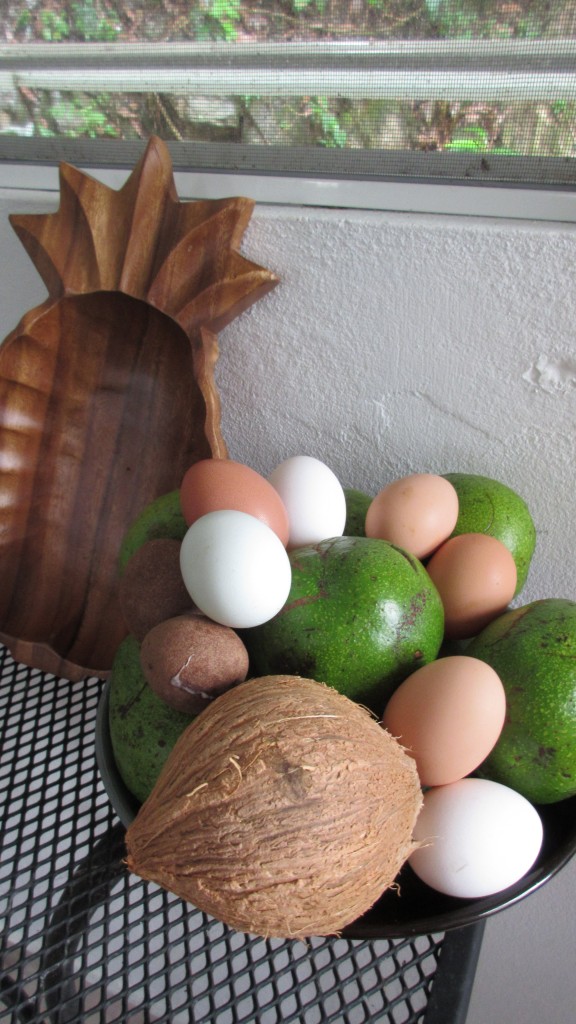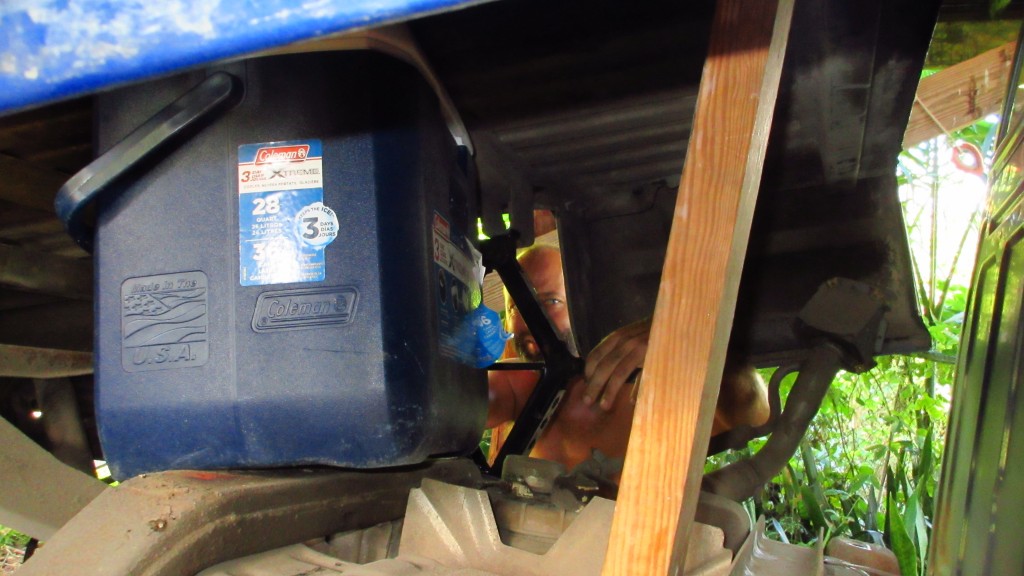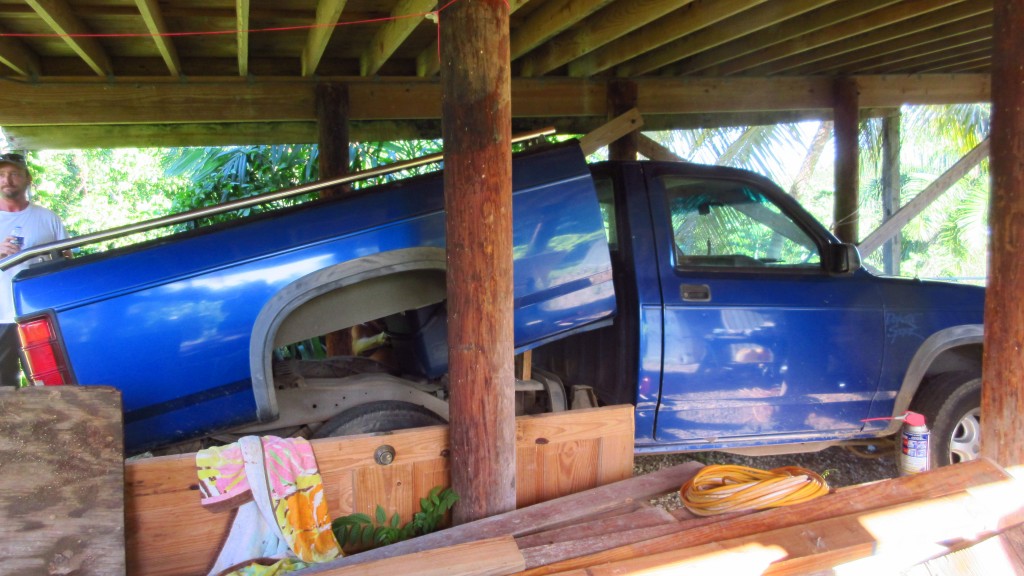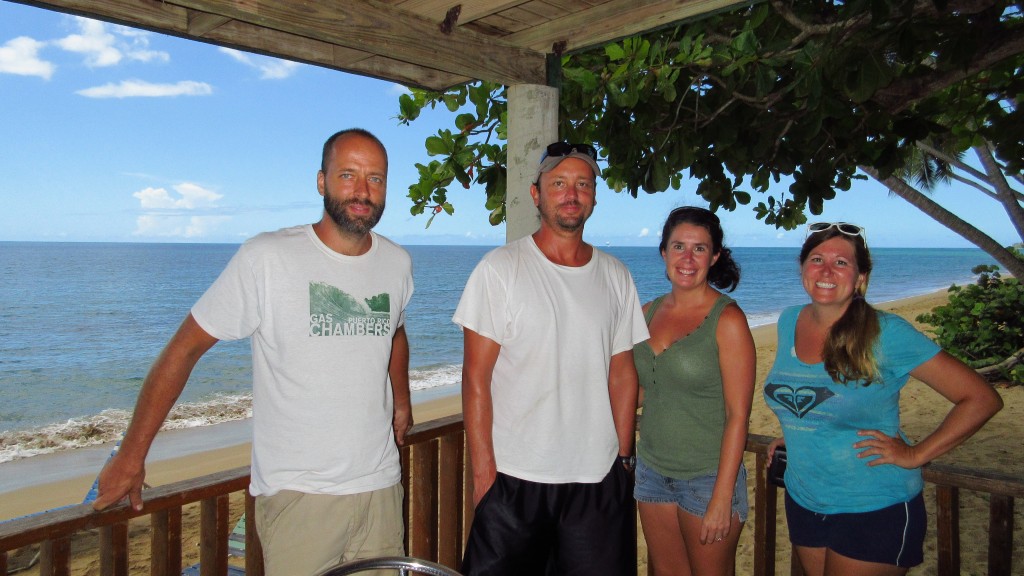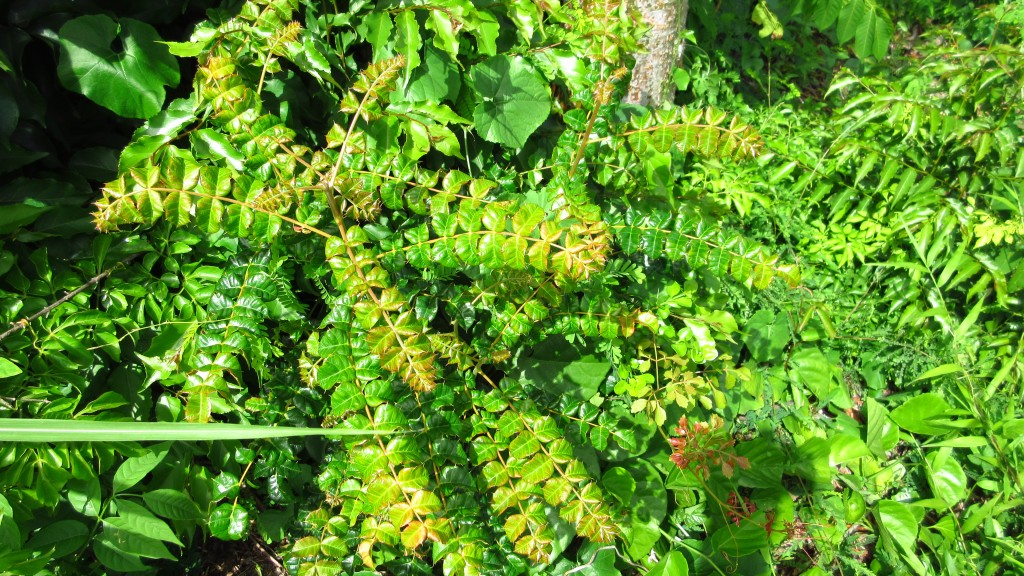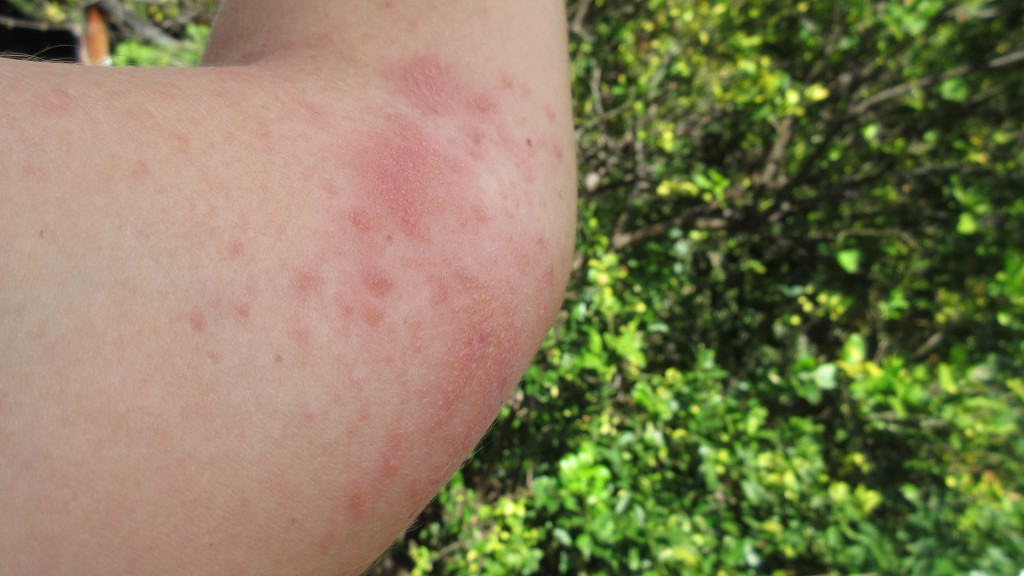The finca is coming along great. Now that the air is getting a little cooler, it’s a little easier to be outside working. We are also starting to look more and more the part of a farmer, or I like the word jíbaro, than ever before. Britton finally broke down and bought some steel-toed rubber boots for when he was slipping all over the place building the bridge and then I got some too.
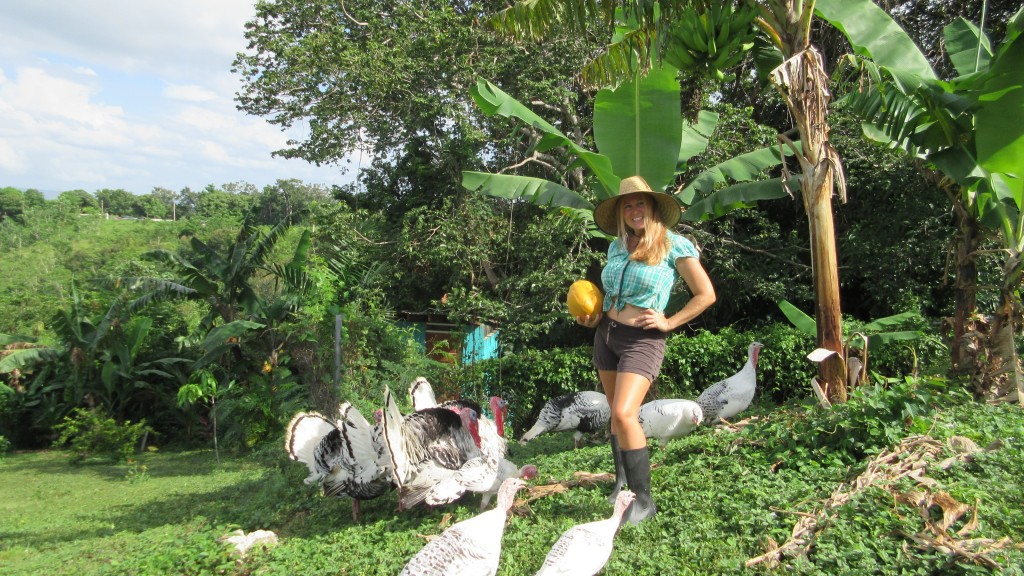
Me, the turkeys and my boots -also a huge wild papaya (aka lechosa) and plantains above
They get a little hot and sweaty, but to avoid slipping and all the ants out there, they are great. I still have a tendency to just want to wear my flip-flops, but at least I have some protection if needed.
We are still growing a lot of food:
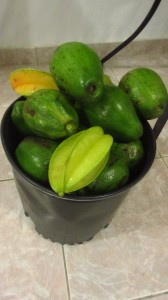
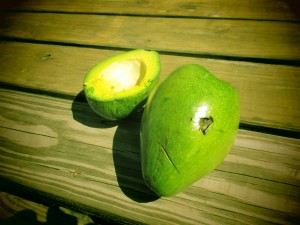
Bucket of avocados and starfruit and our “new” avocado
Since August we have eaten avocados EVERY. SINGLE. DAY! Not that I am complaining! I love avos. We even found another tree that is a different variety and super smooth and creamy. So we have a very prolific one that is great for guacamole and a less prolific one that is nice for pretty slices with the eggs in the morning. There are other avocado trees as well, but they are little deep in the jungle. We constantly harvest lots of bananas, coconuts and passionfruit. Occasionally we can reach a breadfruit before it drops, but it’s a super tall tree. Besides all this great healthy food, though, we also grow our “medicine.”
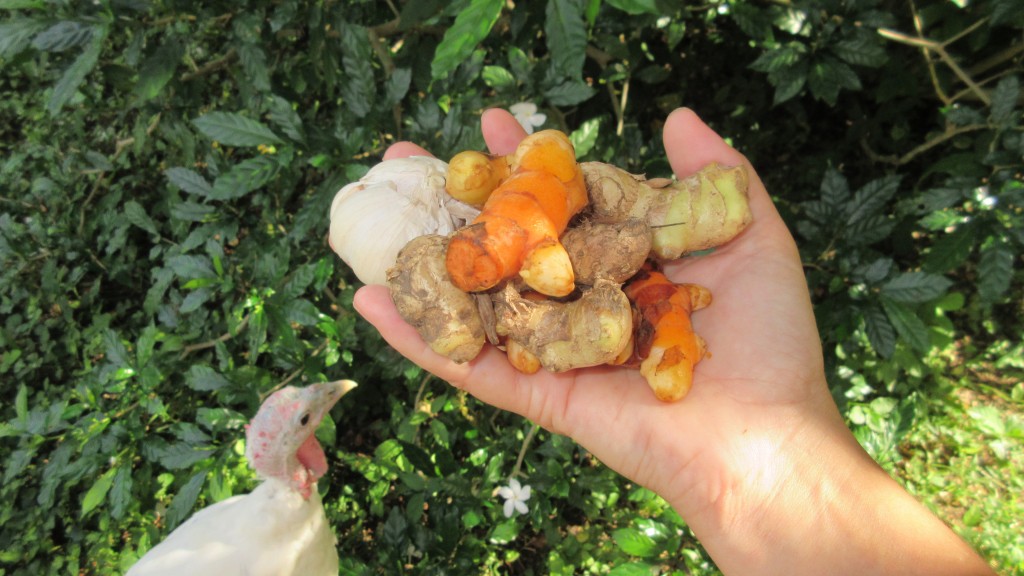
Three of the most important medicines you could have: ginger, turmeric and garlic
The famous quote by Hippocrates is still true today: Let food be thy medicine and medicine be thy food. What you consume is important to your health! Junk food makes for junky health but on the other side, there are so many great foods out there to help it! In fact, at least 50% of pharmaceuticals were at one point derived from plants!
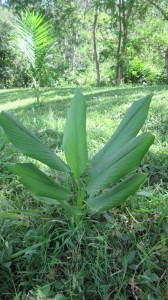
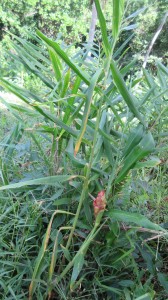
Turmeric and ginger growing -notice the small flower on the ginger
Here are some medicinal plants I wouldn’t want to be without:
Turmeric:
This is just an all-time super star. A powerful antioxidant and anti-inflammatory. It’s used to treat or help with just about everything from heartburn to diabetes! Many diseases are caused by oxidative stress and inflammation, so this root helps on both fronts. What I am most impressed with are the studies showing it could help in preventing, treating, and possibly even curing cancer! I use it any time I cook. It adds a great flavor to meals as well as a yellow color. Some of the oldest people in the world drink a turmeric tea daily. Just be careful as it can stain.
Garlic:
Recently Britton got a splinter in his finger and over the course of a couple of days it swelled up huge! He said it was hurting and beginning to spread. We were just about to the point of going to the pharmacy for some antibiotics, but decided to try garlic first. He ate about two raw cloves a day as well as placed some chopped garlic under a Band-Aid on the splinter area. Within about 4 days, he was completely healed! Garlic is a great antibacterial, anti-microbial, and anti-viral agent in addition to antioxidant and general health tonic. It is also super great for the cardio-vascular system. In addition to the turmeric, I always add garlic to our meals. Cooked is fine, but it’s a little more powerful raw, such as in our guacamole!
Ginger:
I just love the smell and taste of ginger. Another great general health tonic, ginger is probably most well known for helping with stomach aches and nausea. And like turmeric it is also useful for inflammatory issues like arthritis. I often add it to our meals or make a tea or juice mixed with carrots out of it.
Chia:
We aren’t growing this yet, but I would like to because of all the great health benefits, especially to the digestive tract and antioxidants (more even than the powerhouse blueberry). It has the best fatty acids and is super high in fiber. Everyone should eat a spoonful of chia daily or make chia pudding for a refreshing and healthy snack.
Milk Thistle: We grew this in Colorado but I don’t know of a tropical substitute, so I use a supplement for this. I mention it because it is one of the best treatments for a hangover or any type of liver problems or just to maintain a healthy liver. When our young little dog Schnoodle nearly died of jaundice, this saved her life. It was what got me interested in herbal medicine in the first place!
Recently, I have heard of another plant that I was super interested in. It is called Moringa and is often called the Tree of Life.
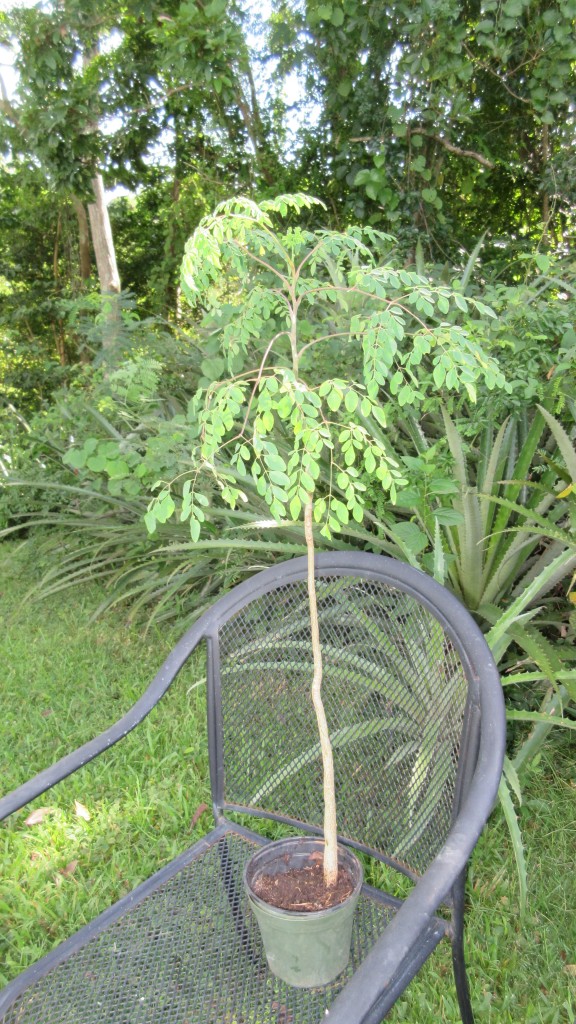
Moringa sapling ready to be planted
Moringa:
This sounds like the most useful tree ever! You can eat just about every part of it. The leaves can be cooked or eaten like salad greens. The seed pods, called drumsticks, can be cooked as a vegetable. The seeds themselves make a great oil and the root is supposed to taste like horseradish. You can even use it for water purification! In addition to all of these fantastic qualities, it has a ton of health benefits most notably increased vitality in general.
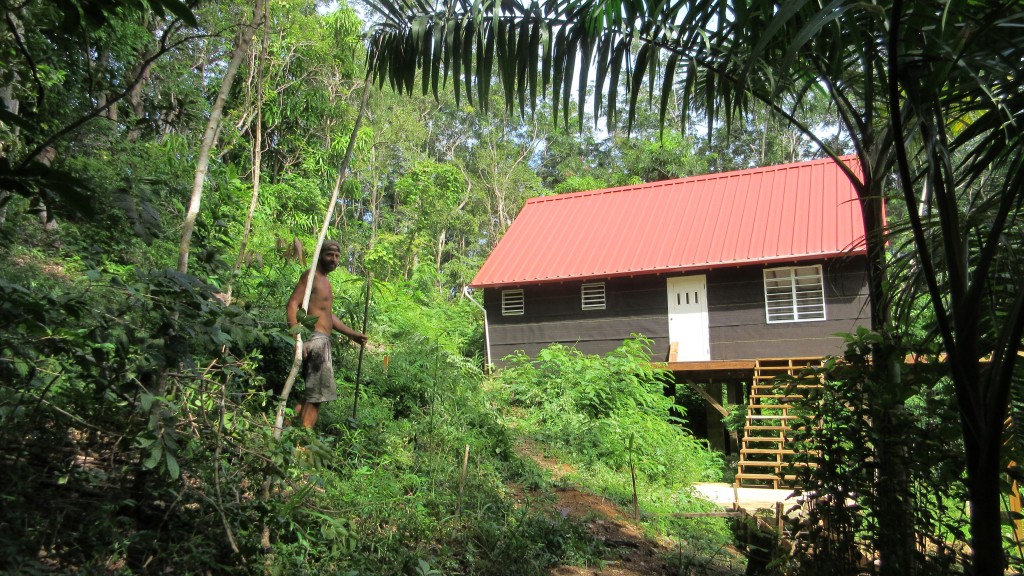
Britton and I planted the moringa and maví trees (as well as a durian) by the cabin
Maví:
I haven’t had the famous Puerto Rican drink, maví, yet, but I’ve heard it’s a little like rootbeer or sarsaparilla in flavor. It’s also supposed to have great health effects including lowering blood pressure. Like cinnamon (another powerhouse mainly for lowering blood sugar/avoiding diabetes), you use the bark of the tree and then make a sort of tea out of it!
I love plants of all types and there is a place here at the farm and in the gardens for them all! From the showy and ornamental to the common fruits and vegetables and all the way to the understated beauty of the medicinals. They are all welcome here!
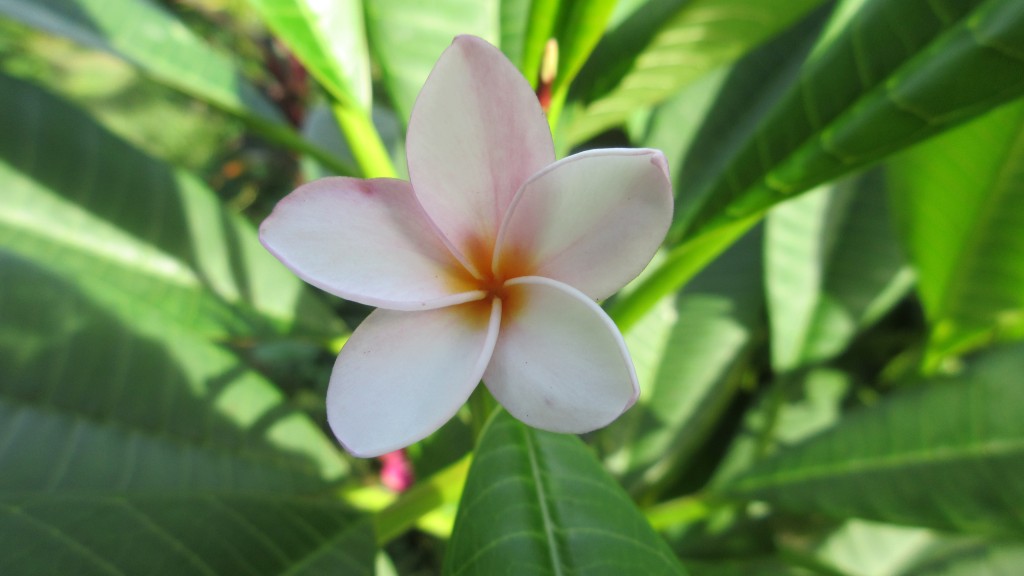
Plumeria flower: a beauty and edible too!
Our new lifestyle suits us well. We love being outside in nature and with all the plants and animals. We eat food from the land probably close to 50% of our intake. Some of this food we planted or raised, some were here already and others like papaya just show up as a gift from the wild. We get a lot of movement naturally working and sweating outside and we eat food as medicine. We are much more social and also much more relaxed. Living this way, without really trying we have both lost about 15 pounds more or less (we don’t have a scale, so not exactly sure) and thanks to all of these factors we feel healthier than ever. Yep, I’d say green acres is the life for me!

